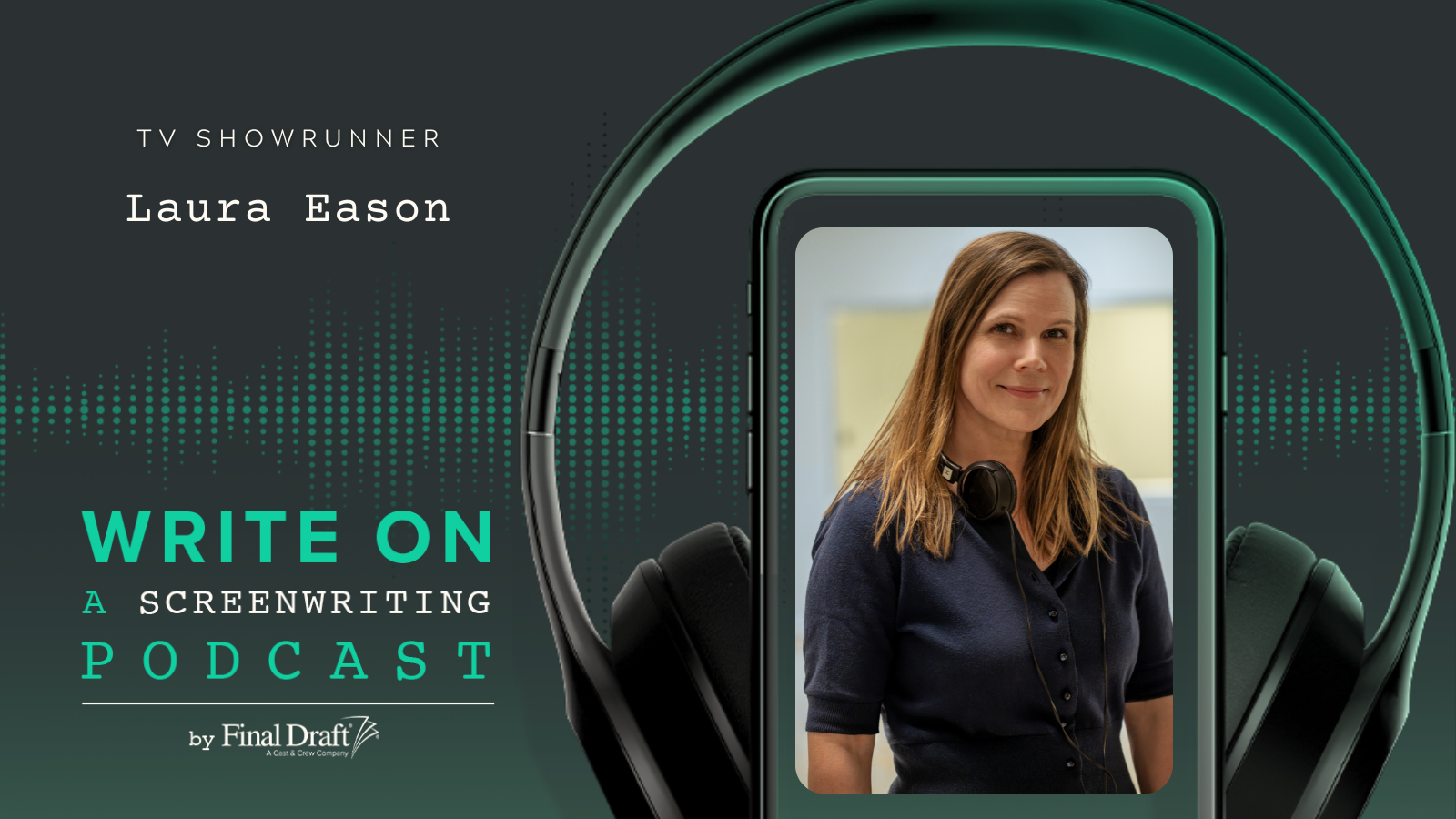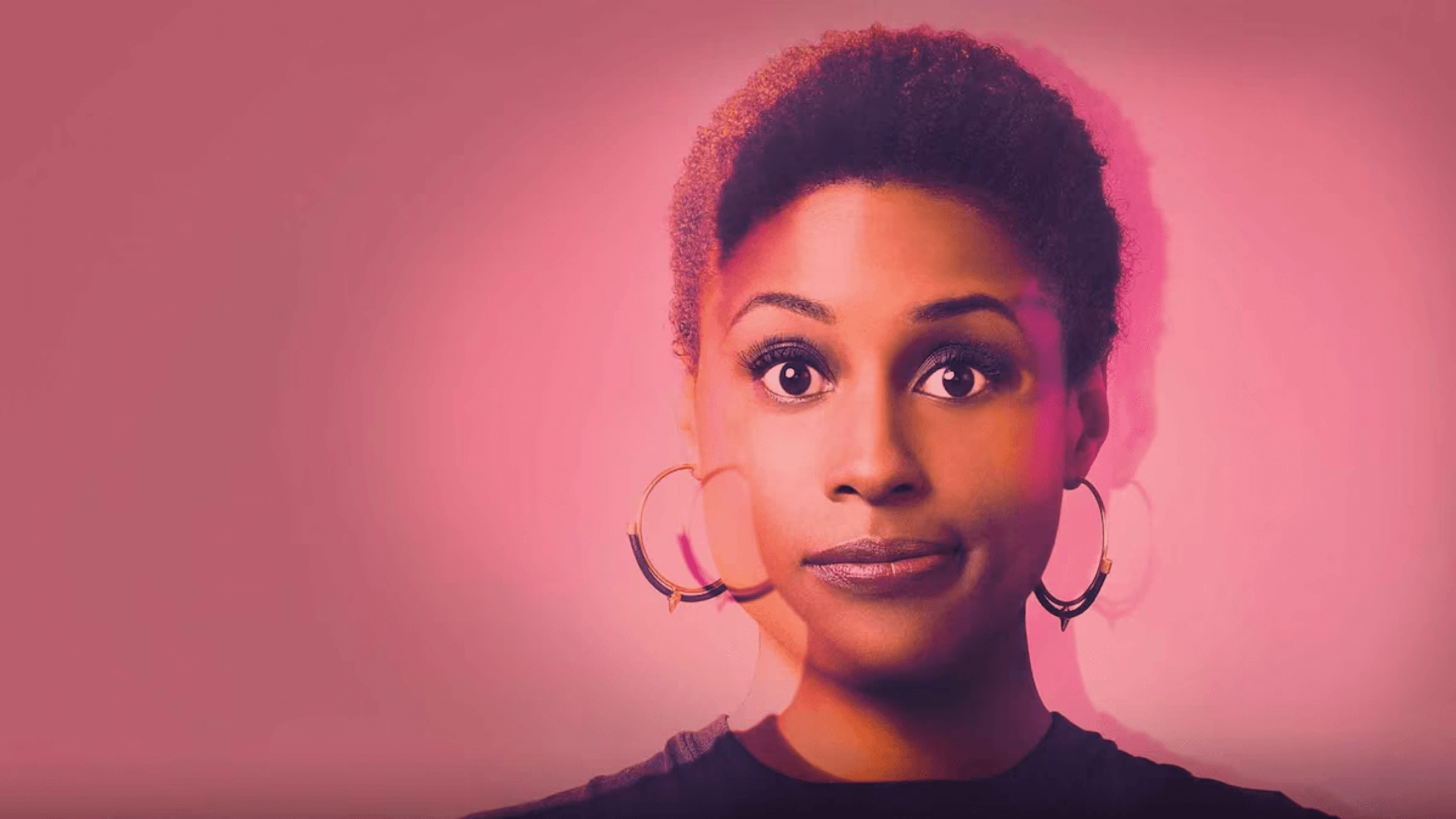Web Series vs. Traditional TV: Writing for the Digital Age
December 4, 2023
So... you want to write your own TV show. While you might imagine your pilot gracing network television or a streaming service, many writers are flocking to the internet to make their TV dreams come true as a web series. Writing a web series could be an effective way for not only getting your writing out there to the masses but can also serve as a tool for improving your craft and maybe even advancing your career.
But what’s the difference between writing a web series versus traditional TV? Below we look at writing a web series versus traditional TV, and what it means to write for the digital age.
The Audience
Marketing is everything when it comes to attracting an audience and building your brand. So knowing who’s watching what and where is important when it comes to the difference between traditional TV and a web series, including what type of content and stories you should be writing for your intended viewer.
Who Watches Traditional TV?
When it comes to writing material that will appeal to a specific audience, traditional TV tends to run the gamut between ages and gender. However, broadcast television usually attracts an older generation with the median age reported to be 50 years old. These viewers are boomers and Gen X. While streaming services also appeal to the above demographic, they tend to be more popular with both millennials and Gen Z.
Who Watches Web Series?
This is where youth rules. Gen Z and Gen Alpha (the ones born between 2010 and 2024) report watching content far more consistently on YouTube, and other internet sources, like TikTok and Instagram reels. In fact, short-form video is often their preferred way to watch entertainment. If you’re writing a web series, chances are you should be writing for a younger audience.
The Story Engine
Like your car engine, the story engine of your TV show drives it forward in every way possible – plot, character, and themes – promising to deliver multiple storylines and episodes.
Traditional TV Story Engine
There are many TV shows, past and present, that have been “on the air” for years. The traditional thinking is that the longer your show is produced, the more successful it is for all parties involved. This is why many network executives require a series bible – an essential outline of your show. A series bible not only includes a one-page pitch of your show and logline, story engine, character breakdowns, and pilot script but also outlines of future seasons and what those episodes will look like. Typically, shows that are greenlit with multiple seasons will see various writers come and go even if the plot of the series doesn’t change (or shouldn’t). Most seasons have at least six to 22 episodes produced per year.

Web Series Story Engine
A web series is typically a contained story – there are usually eight to 10 episodes per season – without many seasons, if any, attached. That’s not to say a web series doesn’t need a strong story engine, but the emphasis isn’t on the longevity of the series meaning you don’t need to be concerned with pumping out season after season. Story engines usually define the starting point of your series as well as the trajectory of each season, so if you’re creating a web series that is only meant to last a season or two, you needn’t worry about a story engine (or series bible for that matter) and instead focus on creating the story you want to tell in however you want to tell it.
The Format
Story structure, as well as character, plot, and conflict, are integral for storytelling in both traditional TV and web series, but how they’re executed differs.
The Format of Traditional TV
In traditional TV, whether you’re writing for broadcast or a streaming platform, your scripts will be longer. Typical 30-minute sitcoms will have scripts ranging from 25 to 40 pages long while dramas will have anywhere from 45 to 65 pages in length depending on the show (and writer). Scripts produced by broadcast television will have act breaks needed for commercials while shows for streamers don’t require those. However, all scripts will follow some sort of three-act structure as well as include A, B, and C storylines. This means the A-story is the core story of the episode, while the B-story runs parallel and might even intersect with the A-story, and the C-story is usually shorter and less critical, and in a sitcom typically serves as a “fun” storyline.
@lau_ramoso Replying to @Slothelle nah yeah mate!! #australia🇦🇺 #australian #bondibeach #melbourne #americantourist #tourist #satire #fyp ♬ original sound - Laura Ramoso
The Format of Web Series
Web series episodes will be shorter than those of traditional TV. Web series scripts generally range from five pages to fifty pages, but most are twenty and under. If you’re writing a tighter webisode – a script that’s five minutes and under – your script will be short, so it might be best to think of it as a skit. Basically, you’re going for minimal characters, one central location, and minimal production. However, the story structure will be the same as in traditional TV. You want to have a clear three-act structure to the story while only focusing on one area of conflict. Generally, there won’t be any B or C plots.
Another suggestion on format might be borrowed from Video Game High School in which the script was 114 pages but rather than play out as a film, it was broken down into nine episodes, and the entire script served as the entire season for the show.
---
As you can see, there are many differences between writing TV and writing web content... probably the biggest being access. And that's really the biggest takeaway here. If you're working on breaking into television, great! Write that pilot. Shop it around. Meet with as many people as you possibly can. However, don't sleep on the huge opportunity to get your writing produced on the web. So, the next time you sit down to write, maybe try your hand at writing a hilarious skit like the ones that go viral every day on TikTok and YouTube.
Written by: Brianne Hogan
Brianne Hogan is a freelance writer currently based in Prince Edward Island. A film studies graduate from NYU, her byline's been featured in Creative Screenwriting, ScreenCraft, The Huffington Post, among others. "Jurassic Park" is unashamedly her favorite movie (at this moment). You can follow Brianne on Twitter via @briannehogan- Topics:
- Writing & Tools




